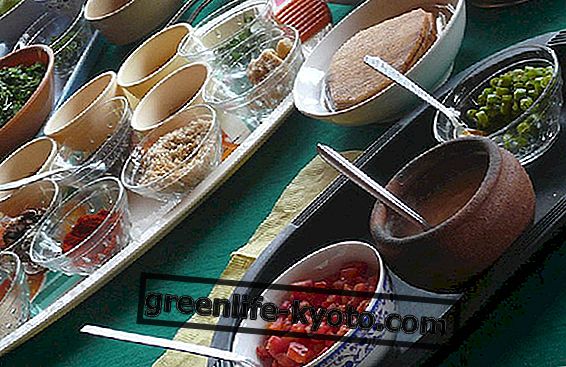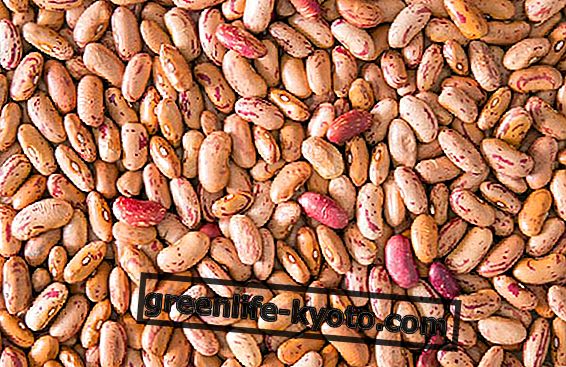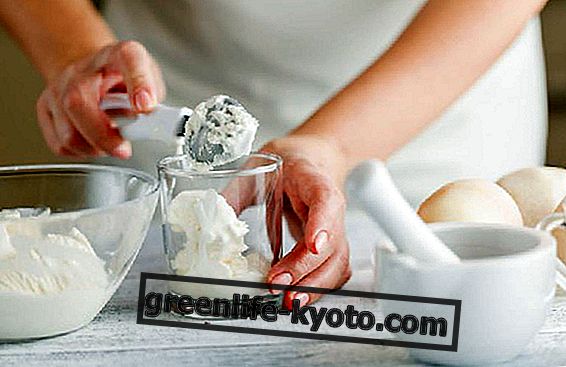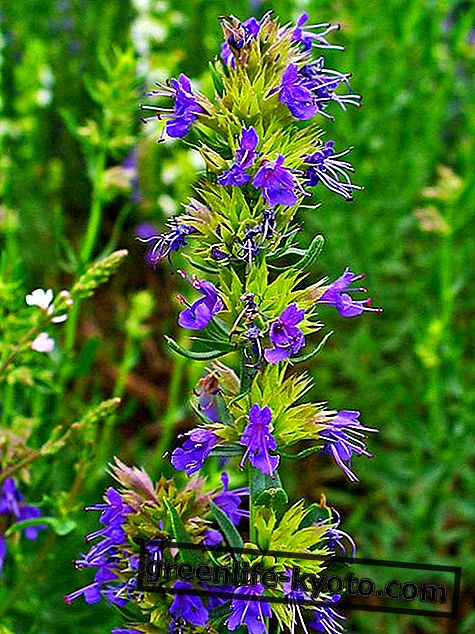
An ancient Guaranì tradition, all South American, offered modern Argentina the national drink, mate, which in our day is commonly consumed also in the rest of Latin America and exported to many other parts of the world, especially in the Middle East .
The consumption of mate originates in the area that includes northern Argentina, Paraguay, Uruguay and southern Brazil .
The area suffered the impact first of the conquistadores then of the European settlers, with a good business acumen, who thought well of turning this ritual drink into a commercial success .
Nowadays, there is a whole culture that revolves around the consumption of the mate .
How to consume the mate
Let's focus on its consumption, or on the method (or methods) of preparation .
In broad terms we could say that the preparation and consumption are not complicated : it is about putting the leaves of yerba mate ( Ilex paraguaiensis, easy to buy even in our country, sometimes even in the supermarket) in hot but not hot water, around the 80 degrees .
Everything must not be filtered, but drunk through the bombilla, a sort of metal straw that acts as a filter .
Originally the container of the mate, in which this drink is prepared and from which it is drunk, was a small pumpkin, while today it is a container of similar shape called mate or guampa .
In the traditional mate, before pouring hot water the container is filled for at least half of its capacity with dried yerba mate .
Not infrequently, for a more intense mate, you get to fill it for 3/4 . This intense mate is called "narrow" or "restricted", while a more diluted mate is called "long" or "elongated", just like coffee.
In some areas, especially in more remote Paraguay, leaves of other types of plants are also added to give different aromas to the mate.
Always native to this area is the practice of lightly shaking the mate with hot water just before drinking it, to help extract the active ingredients.
How to arrange the yerba mate
When we buy dried yerba mate leaves we realize that there are larger parts and others so small that they are a real dust .
Those who know how to prepare mate (the cebador, a sort of master of ceremonies) knows that neither side should prevail too much.
The reduced part in powder form is the one able to give greater flavor in less time to the mate but on the other hand, putting too much of it on, would begin to create a sludge capable of obstructing the bombilla filter, or the straw.
But it is not just a matter of right proportions, the two types of yerba mate must also be correctly placed in the guinea .
After putting the grass inside, you will place the palm of your hand on it, turning it upside down a couple of times, so as to mix well.
At this point, still holding the hand over the opening, we will turn the guinea-bone horizontally moving it from right to left .
In doing so the finer part will concentrate in one side . Once you have drunk all the mate, you can refill the guampa to get a less intense mate.
Variations of the mate
As mentioned there are variants of mate. The most famous is the tereré, or cold mate served with ice, typical of Paraguay.
Further south we find the consumption of mate cocido quite common , mate prepared with sachets identical to those of tea, sometimes with the addition of milk and sugar, as an English gentleman would do.
There are also the mate con malicia, one of its "correct" versions of alcohol, the mate with guarana or coca leaves, the energy-drink al mate, and the materva soft drink, both smooth and carbonated.













